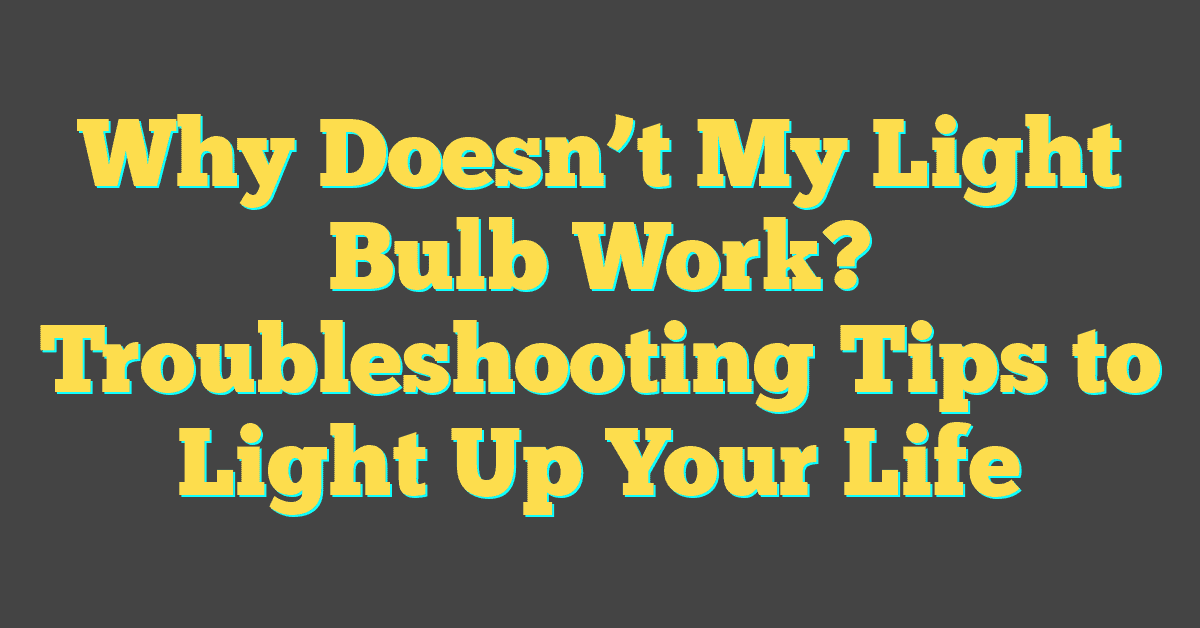When I first started looking for bike lights, I had no idea what “lumens” even meant. All I knew was that I needed something bright enough to keep me safe on dark roads. Turns out, lumens are the secret to understanding just how bright a light really is—and they’re a game-changer when it comes to choosing the right bicycle lighting.

Whether you’re commuting at dawn, riding trails at night, or just want to stay visible to cars, knowing how lumens work can make a huge difference. It’s not just about brightness; it’s about finding the right balance of power, battery life, and visibility for your rides. Once I figured it out, picking the perfect light became so much easier.
What Are Lumens?
As a bike enthusiast who loves tinkering with lights, I’ve found that understanding lumens is key to choosing the right bicycle lighting. Lumens measure the total amount of visible light emitted by a source.
Definition Of Lumens
Lumens quantify light output, not strength or focus. Higher lumens indicate brighter light, but they don’t specify how light spreads or concentrates. For example, a 500-lumen light might flood a wide area, while another with the same lumens could focus on a narrow beam.
How Lumens Relate To Bicycle Lighting
When deciding on bike lights, lumens help you match brightness with your riding environment. For urban commuting, 50 to 200 lumens are ideal for visibility. Rides in poorly lit areas or trails need 400 to 1000 lumens for safety. I suggest pairing a lower-lumen rear light to ensure you’re visible to others without blinding them.
Why Lumens Matter For Bicycle Lighting
Lumens determine how effectively a bike light allows riders to see and be seen. Picking the right lumen level directly impacts safety and visibility during nighttime or low-light rides.
Safety Considerations
Safety relies heavily on adequate visibility, especially in unpredictable conditions like nighttime commutes or trail rides. Low-lumen lights, under 50 lumens, may leave hazards unseen, jeopardizing your safety. Choosing lights with 400 to 1000 lumens prevents potential accidents in poorly lit areas by illuminating your path and surroundings.
For rear lights, brightness aids in alerting vehicles and pedestrians to your presence. Lower lumens, such as 30 to 50, often balance visibility and courtesy without causing glare for others. Prioritizing lumens suited to your riding environment ensures you’re prepared for varying levels of darkness and unexpected obstacles.
Maximizing Visibility
Lumens also play a critical role in ensuring you’re noticed by others on the road. Even in urban environments with streetlights, bike lights ranging from 50 to 200 lumens make you stand out against background lighting. On dimly lit trails, brighter lights upwards of 600 lumens improve not only forward visibility but also peripheral awareness, crucial for spotting side hazards like tree branches or wildlife.
Positioning lights enhances effectiveness. A high-lumen handlebar light for forward visibility paired with a low-lumen helmet-mounted light can help illuminate turns. Rear lights, angled correctly, make it easier for vehicles to gauge your position. Matching your equipment’s lumen output with your riding style and setting optimizes visibility without wasting battery life.
Choosing The Right Lumens For Your Bicycle Lights
Understanding lumens helps ensure the right brightness level for safe, comfortable rides. I’ve tested and adjusted bike lights for years, and knowing where and how you’ll ride changes everything.
Recommended Lumens For Different Riding Conditions
Higher lumens are essential off-road since trail obstacles and low visibility demand stronger lighting. For dark, unlit trails, I recommend lights with 600 to 1000 lumens. These provide ample illumination for spotting hazards like rocks or roots.
On urban streets with ambient light, stick to 50 to 200 lumens for the front light. This ensures you’re visible to drivers without blinding them. In suburban areas with sparse lights, a range of 200 to 600 lumens enhances your visibility and safety.
For rear lights, keep it between 30 and 50 lumens. This level grabs attention without overwhelming anyone behind you. I use blinking modes for extra visibility in busy traffic but opt for steady modes on quiet streets.
Balancing Brightness And Battery Life
Brighter lights drain batteries faster, so prioritize efficiency for longer rides. My 1000-lumen trail light usually lasts 2 to 3 hours on high but stretches to 6 hours on lower settings. If I’m commuting, I adjust brightness to 200 lumens for lasting power.
« How to Choose the Right Front Light for Your Bike: Top Tips for Safe and Bright Night Rides
Installation Guide: Mounting Lights on Different Bike Types for Maximum Safety and Visibility »
Consider lights with adjustable modes to manage power better. I switch between high output for unlit paths and medium settings for well-lit roads. Always check manufacturer specs for runtime at chosen lumen levels.
Rechargeable batteries save money over disposables, especially for frequent riders. I prefer USB-rechargeable ones since they’re easy to top up after every ride. Carrying a spare light or battery is also a smart move for extended trips.
Key Features To Look For In A Bicycle Light
Choosing the right bike light keeps you safe and improves your riding experience. Here’s what I always consider before adding a light to my setup:
Beam Angle And Light Spread
Beam angle determines how the light covers the road, while spread affects visibility. For urban rides, a wide-angle beam ensures cars and pedestrians see you, even at intersections. On trails, a narrower, focused beam highlights hazards directly ahead. Many lights offer adjustable settings, so I recommend choosing one that lets you switch between wide and narrow beams.
A light with a consistent spread avoids dark spots that can hide surprises. When possible, use a combination of a handlebar-mounted light for distance and a helmet-mounted one for peripheral illumination. This setup provides complete visibility in all kinds of environments.
Durability And Mounting Options
A durable bike light resists falls, rain, and rough conditions. Look for lights with water-resistance ratings like IPX4 or higher; they’ve saved me during unexpected downpours more times than I can count. Sturdy construction, such as aluminum or robust plastic housings, keeps your light functional even after drops or heavy use.
Secure mounting ensures the light stays in place on uneven roads or bumpy trails. I prefer quick-release mounts for easy removal when parking my bike. Adjustable fittings work well across different handlebar sizes and helmet types. If the mount’s versatile, it doubles the functionality by letting you use the light for other purposes, like camping or roadside repairs.
Common Mistakes When Selecting Bicycle Lights
Selecting the right light for your bike can be tricky if you’re unsure what to prioritize. I’ve seen riders overlook critical aspects that directly impact their safety and the effectiveness of their lights.
Overlooking Lumens Ratings
Many riders don’t pay attention to lumen ratings, which are crucial for determining brightness. A light with too few lumens, such as under 50, won’t provide adequate visibility, leaving potential hazards in shadows. On the other hand, excessive lumens, like 1000+ in urban areas, can blind others and drain battery life quickly. It’s essential to choose lumen levels based on your riding environment. For instance, urban commuting typically requires 50 to 200 lumens, while dimly lit suburban areas benefit from 200 to 600 lumens. Off-road or trail riding demands 600 to 1000 lumens to navigate uneven terrain safely.
Ignoring Environmental Factors
Some forget how riding conditions influence light performance. In well-lit urban areas, a lower-lumen light complements street lamps without overlighting. However, rural roads or trails with little to no ambient light need a higher-lumen light and a focused beam to illuminate potential obstacles. Weather also plays a role—rain, fog, or snow reduces the reach of your beam, so lights with higher output and adjustable modes become indispensable. Mounting angle matters too; angling the light upward in low-visibility conditions ensures it cuts through environmental haze effectively.
Conclusion
Understanding lumens has completely transformed how I approach bicycle lighting. It’s not just about picking the brightest light; it’s about choosing the right brightness for where and how I ride. With the right balance of lumens, beam angle, and battery life, riding at night or in low-light conditions feels safer and more enjoyable.
Whether I’m cruising through city streets, tackling suburban roads, or navigating dark trails, selecting the right lights makes all the difference. It’s amazing how a little knowledge about lumens can boost both safety and confidence on every ride.




